What is ABS plastic?Acrylonitrile butadiene styrene (ABS) is popular in 3D printing for its durability and versatility. Its affordability has secured its dominance. However, emerging issues challenge its relevance. This article explores ABS’s role, its benefits, and reasons to consider alternatives, highlighting the evolving landscape of 3D printing materials.
Reason 1: Unpleasant Fumes
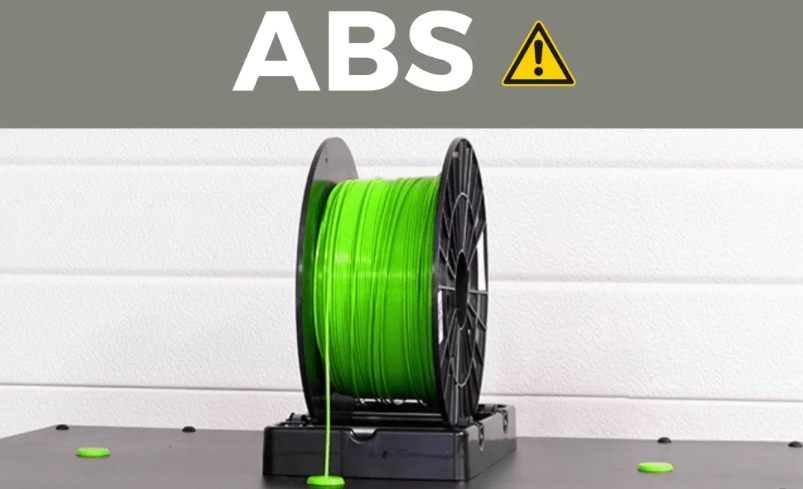
During the 3D printing process, heating and extruding plastic releases gas and microscopic particles into the air. Peer-reviewed studies indicate that these fumes pose the highest health risk associated with 3D printing. While there is not yet enough evidence to definitively link these fumes to toxic outcomes, they can cause irritation and discomfort. Research shows that ABS fumes negatively affect cellular function in our bodies. Symptoms of exposure to ABS fumes include drowsiness, eye irritation, nausea, and headaches, which you might have experienced without realizing the cause.
ABS fumes are more hazardous than those from PLA, releasing a higher quantity of harmful particles during printing. This difference is due to the higher temperatures required for ABS printing, typically between 220-260 °C, compared to PLA’s printing range of 180-220 °C. Consequently, the higher temperatures necessary for ABS contribute to the greater release of potentially harmful fumes, underscoring the need for caution and proper ventilation when using ABS in 3D printing.
Reason 2: Environmental Concerns
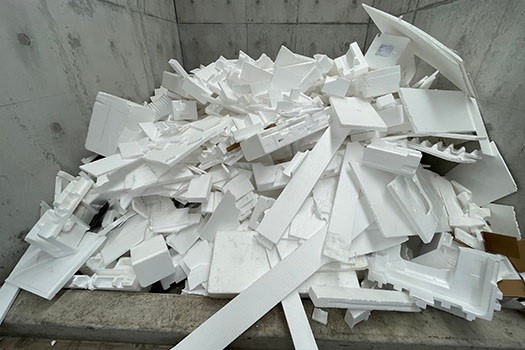
Renewable resources, such as wind, plants, and sunlight, can naturally replenish over time, ensuring a consistent supply. These materials are often called renewable or plant-based. In contrast, ABS (acrylonitrile butadiene styrene) is non-renewable due to its petrochemical origins.
While ABS is recyclable, its eco-friendliness is limited. In North America, ABS falls under the Resin Identification Code (RIC) #7, a catchall category for various plastics. ABS is rarely isolated from other #7 plastics and recycled, as the process is energy-intensive. More often, ABS ends up incinerated or in landfills, depending on local waste management practices.
Even iconic products like LEGO bricks, historically made from ABS, are moving away from this material, reflecting a broader shift towards sustainable and environmentally friendly alternatives. This trend underscores the growing awareness and effort to reduce reliance on non-renewable plastics in favor of more sustainable options.
Reason 3: Energy Use
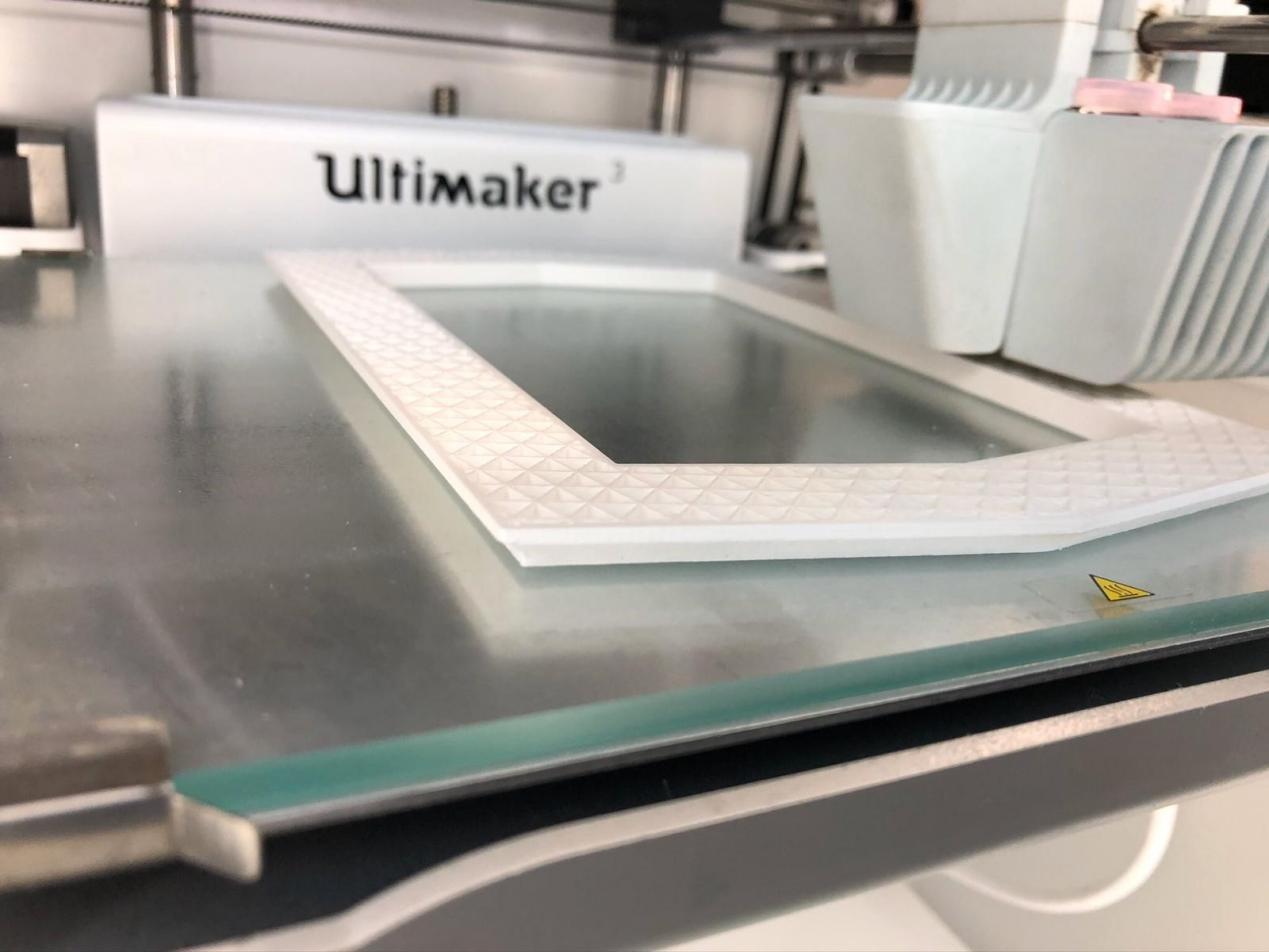
ABS is highly sensitive to temperature variations, making it challenging to 3D print. Even small temperature fluctuations can cause delamination and warping, rendering prints unusable. Maintaining elevated ambient temperatures is essential, though it consumes significant power during both the printing process and preheating time. Without an enclosure, this energy expenditure increases further.
A heated bed is crucial when printing with ABS, unlike other filaments like PLA, which don’t always require one. ABS needs a higher nozzle temperature compared to PLA, making it less energy-efficient. Without a heated bed, ABS struggles to adhere to the build plate, increasing the likelihood of print failures. If energy conservation is a priority, consider avoiding ABS and opting for more energy-efficient filaments like PLA. Click to know more about Best 3D Printing Temperatures for PLA, ABS, Nylon & More
Reason 4: Post-Processing Is a Pain
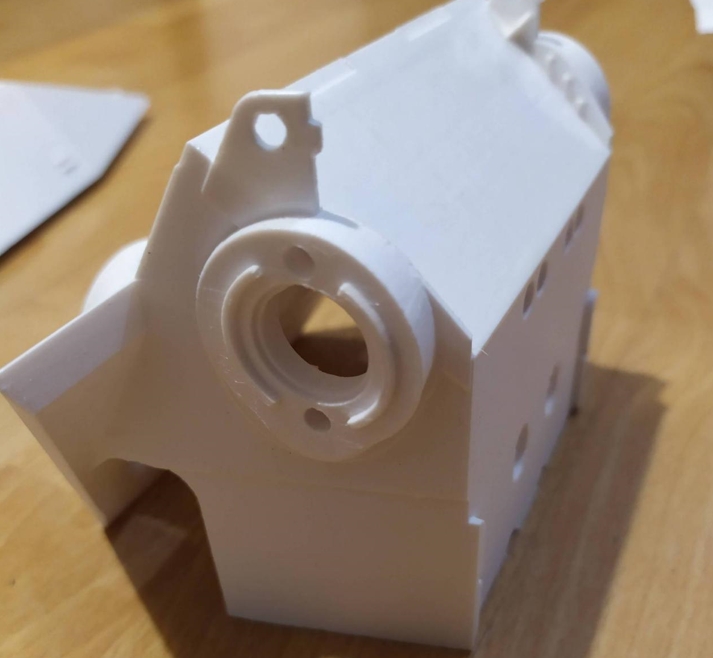
Due to frequent layer delamination and warping, post-processing ABS can be labor-intensive, especially if you plan to paint the parts. You may need to fill in cracks and imperfections to achieve a smooth surface for aesthetic pieces.
For weight-bearing parts with delamination, reprinting is often necessary, as these flaws can lead to structural failure. Warping can also ruin parts, necessitating reprints regardless of their purpose, wasting filament, time, and energy.
One common method to smooth ABS prints is acetone vapor treatment, which can give a glossy finish. However, caution is necessary when using acetone, as its fumes can cause serious irritation. Always work with acetone in a well-ventilated area to ensure safety and minimize health risks.
Reason 5: There Are Better ABS Plastic Alternatives
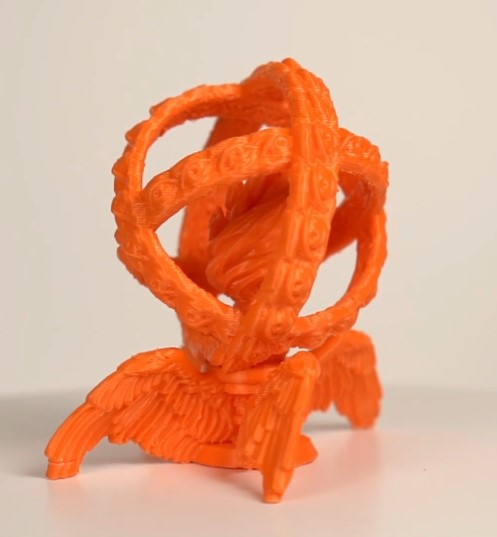
In the early days of consumer 3D printing, the filament market was limited, so the community relied on widely available and inexpensive ABS. As the industry has evolved, research and development have introduced specialized materials that offer greater strength, reduced warping, and improved printability.
PETG filaments, for example, are easier to work with and provide similar properties to ABS, suitable for many functional parts. For decorative pieces, PLA is often the best choice due to its ease of printing and wide range of colors and types. For an injection-molded look, PVB filament can be vapor-smoothed with less harmful solvents.
Additionally, materials like nylon and carbon fiber composites are now available for technical prints requiring enhanced strength and durability. TPE (thermoplastic elastomer) is another viable choice for parts needing impact or vibration resistance.
With the increasing variety of alternatives, ABS’s relevance in the world of 3D printing is diminishing.
In Conclusion
Given the health risks, environmental concerns, and the availability of superior alternatives, phasing out ABS plastic in favor of safer, more sustainable materials is a prudent choice. The future of 3D printing lies in embracing these new materials to ensure both safety and sustainability.
Whether you’re a hobbyist or a professional, exploring these alternatives can significantly enhance your 3D printing experience. If you’re looking to upgrade your 3D printing setup, consider using Creality’s 3D printers, which offer compatibility with a wide range of these newer, safer materials. Creality’s printers are designed to handle the demands of modern 3D printing, making the transition to better filament options smooth and efficient.
